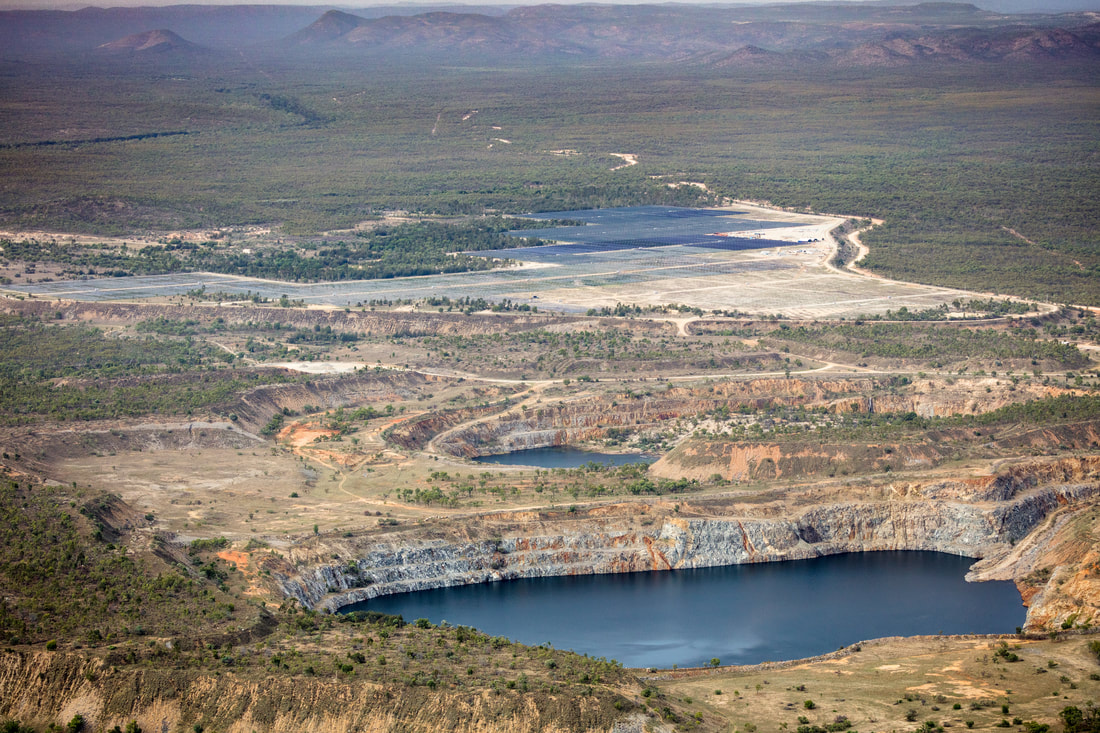Genex said on Wednesday that it will raise AUD 90 million ($68.4 million) through a share offering to institutional investors, while Japanese electric utility J-Power will make a AUD 25 million equity investment to increase its stake in the company.
Genex has also confirmed that the Australian Renewable Energy Agency (ARENA) has conditionally approved up to AUD 47 million in funding for the pumped hydroelectric energy storage (PHES) facility in northern Queensland, which will be located alongside the existing 50 MW Kidston Solar Farm.
It said that the latest funding announcements, in conjunction with AUD 610 million of previously approved concessional debt finance from the Northern Australia Infrastructure Facility, will provide the AUD 777 million in funding that is required for the construction of the pumped hydro project to commence.
“Securing the balance of funding required to take the Kidston Pumped Storage Hydro Project to financial close is a significant achievement for the company,” said Genex CEO James Harding. “More importantly, to be in a position to finance the project on a 100% equity basis and retain full ownership and control of the asset is a favourable outcome for Genex and its shareholders.”
ARENA CEO Darren Miller said that the project will be the first pumped hydro plant to be built in Australia in almost 40 years. It will also be the first to be used specifically to support the integration of variable renewable energy generation from solar and wind. Miller said the PHES plant will provide reliable, dispatchable and affordable renewable energy to the grid.
“This is a landmark project for all involved and paves the way for renewables to play a larger role in Australia’s electricity grid,” he said. “Genex will be delivering the first pumped hydro project in Australia since 1984 and the first to be used solely for energy storage and generation rather than water management.”
Part of Genex’s renewable energy hub is located at what was once Australia’s largest gold mine. The project is a 250 MW/ 2,000 MWh PHES, equivalent to eight hours of energy storage.
Two existing mining pits at the former gold mine site will serve as the upper and lower reservoirs for the PHES to minimise construction time and costs. During peak power demand periods, water will be released from the upper to the lower reservoir, passing through reversible turbines. During off-peak periods and when the sun is abundant, water will be pumped back from the lower reservoir to the upper reservoir using electricity imported from the National Electricity Market (NEM).
A 187-km transmission line will be needed to connect the Kidston Renewable Energy Hub to the NEM. This transmission line is also expected to facilitate the connection of further renewable generation projects in the region.
“Large-scale storage will play a key role in ensuring security and reliability of Australia’s electricity system as we transition to renewables,” Miller said. “Pumped hydro is expected to be a key technology enabling us to store abundant solar and wind energy when it is available and dispatch this energy back into the grid during the evening and other times of peak demand, so it is imperative these projects get underway.”
Sydney-based Genex said that financial close is expected to occur in mid-May, with construction activities to commence in late April. Construction is expected to be completed by 2024.
EnergyAustralia will be the project offtake partner for a period of up to 30 years. A joint venture of John Holland and McDonnell Dowell is the EPC contractor.
“Having championed this project from conception, and having supported pumped hydro feasibility studies across Australia, we are very excited to see this project reach financial close and commence construction,” Miller said.
This content is protected by copyright and may not be reused. If you want to cooperate with us and would like to reuse some of our content, please contact: editors@pv-magazine.com.




1 comment
By submitting this form you agree to pv magazine using your data for the purposes of publishing your comment.
Your personal data will only be disclosed or otherwise transmitted to third parties for the purposes of spam filtering or if this is necessary for technical maintenance of the website. Any other transfer to third parties will not take place unless this is justified on the basis of applicable data protection regulations or if pv magazine is legally obliged to do so.
You may revoke this consent at any time with effect for the future, in which case your personal data will be deleted immediately. Otherwise, your data will be deleted if pv magazine has processed your request or the purpose of data storage is fulfilled.
Further information on data privacy can be found in our Data Protection Policy.